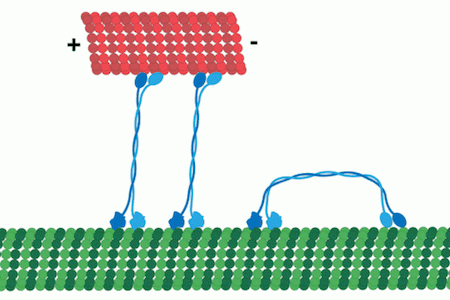It's amazing enough that the "motor" proteins in our cells move along little train-track like structures called microtubules, carry cargos, and build and maintain the mitotic spindle, the football-shaped macromolecular structures that animal and fungi cells depend on to ensure accurate chromosome segregation during cell division.
But now, according to a recent discovery by physicist Weihong Qiu, at least one motor protein is capable of reversing direction!





